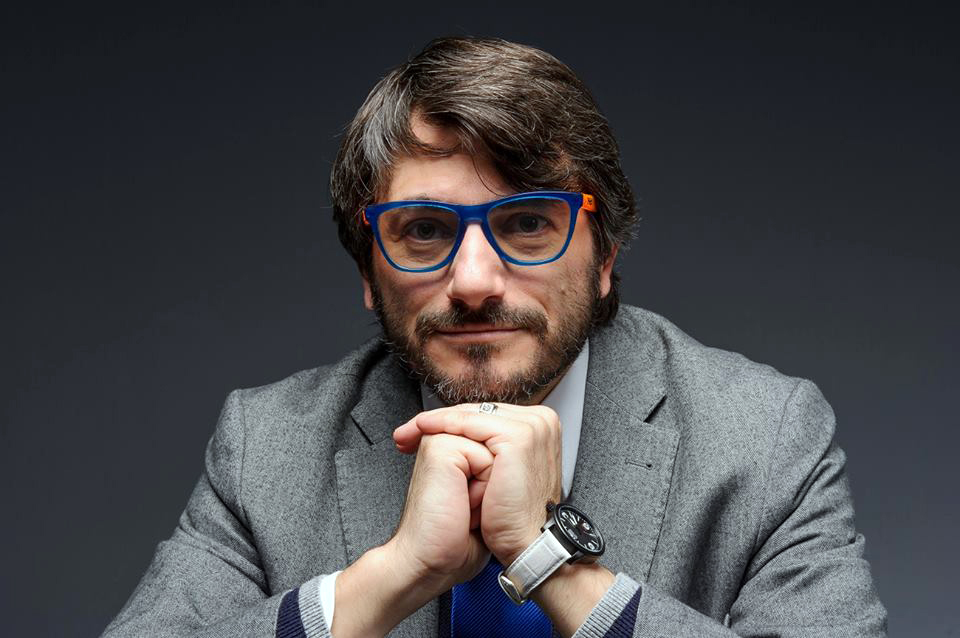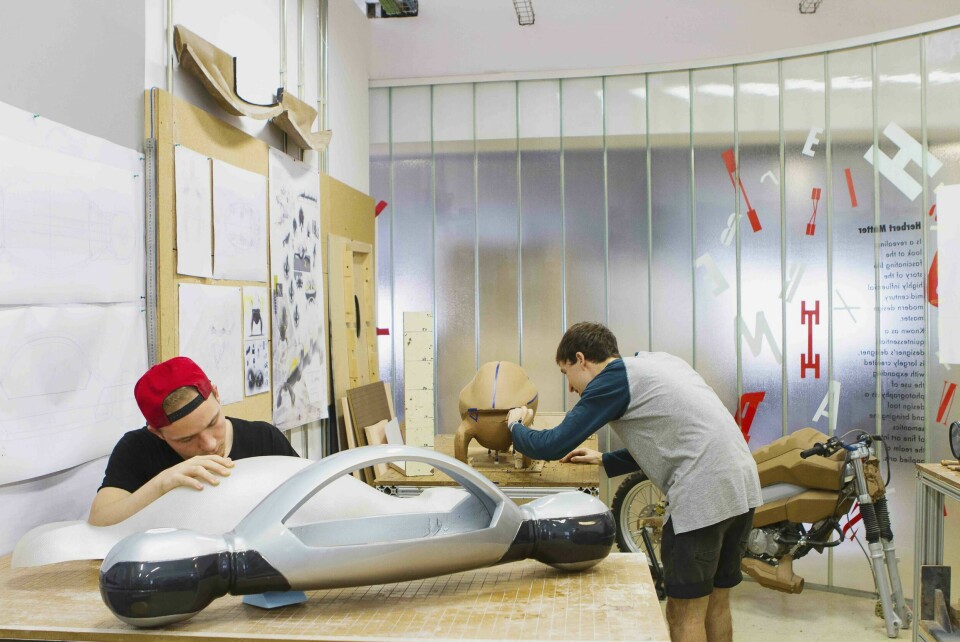
How to be a car designer part 2: Starting design school
Luciano Bove explains how to apply for design school, and ensure that your portfolio stands out from the crowd
How to be a car designer Part 1: Turning passion into a profession
-
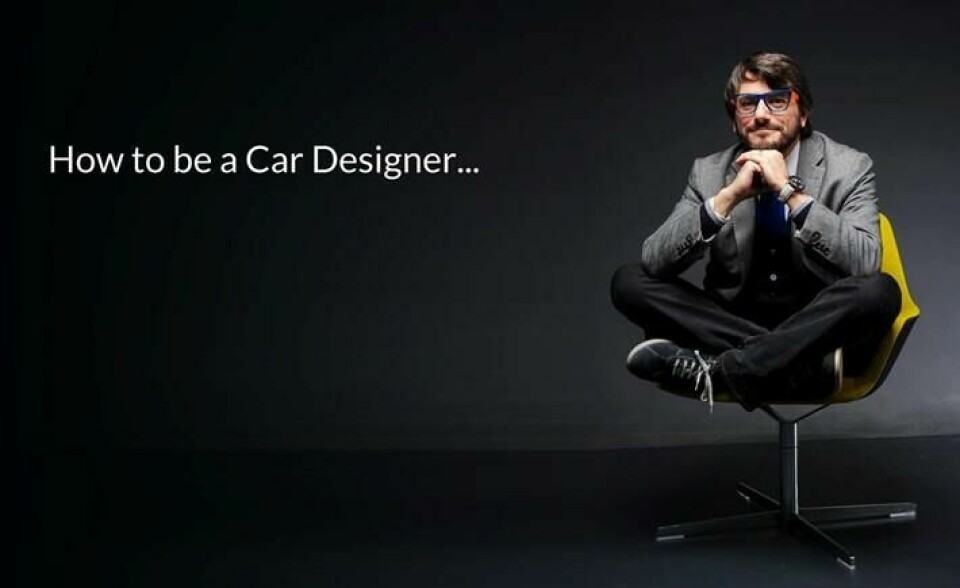
How to be a car designer Part 1: Turning passion into a profession
-

How to be a car designer part 2: Starting design school
-
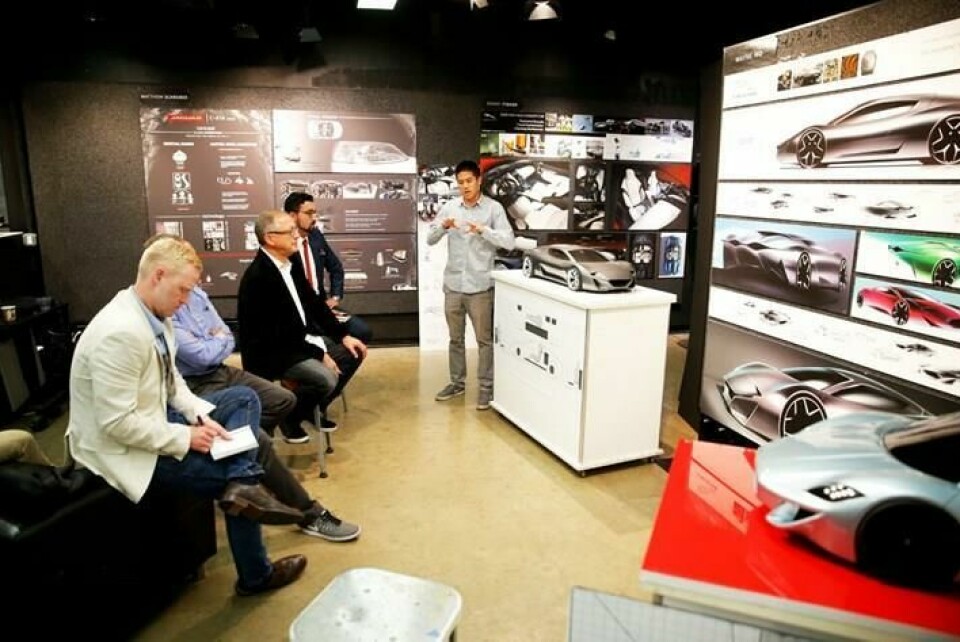
How to be a car designer part 3: Going to design school
-
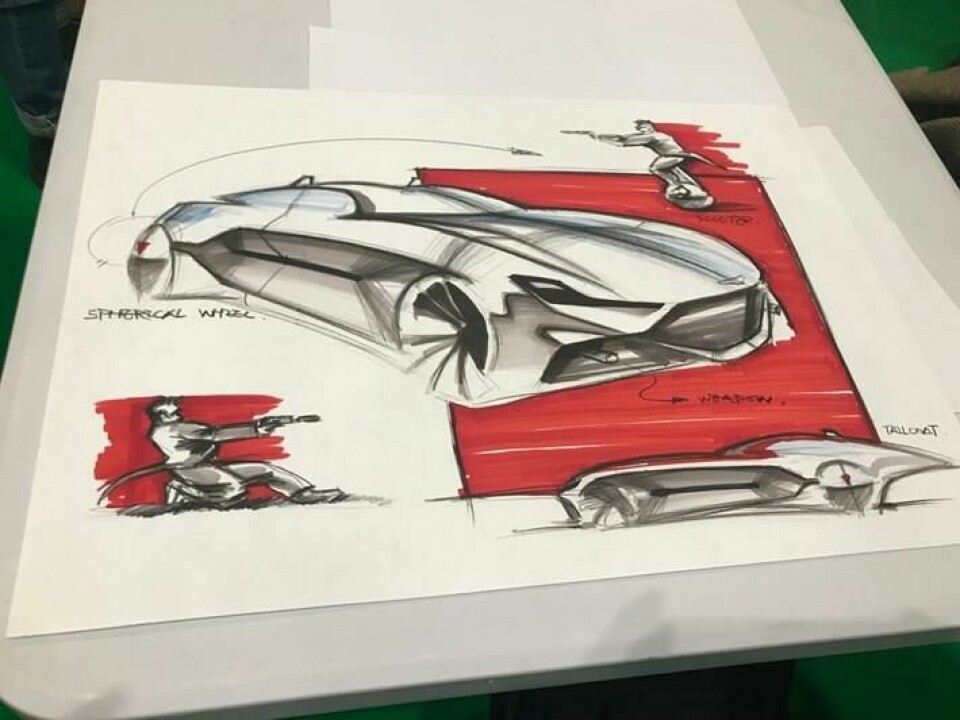
How to be a car designer Pt4: Your portfolio
-

How to be a car designer Pt5: The (job) interview
-
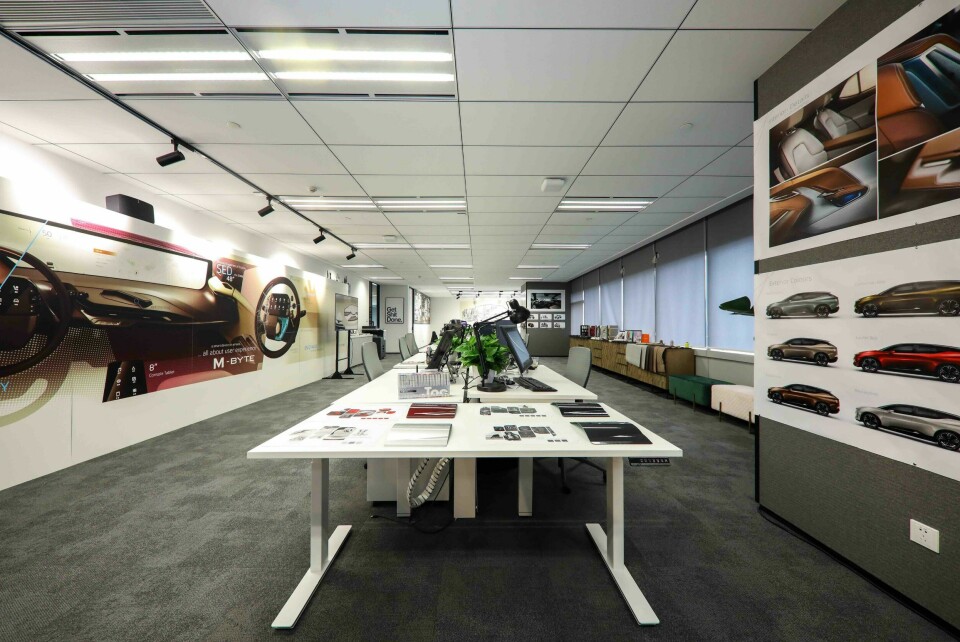
How to be a car designer part 6: The internship
-
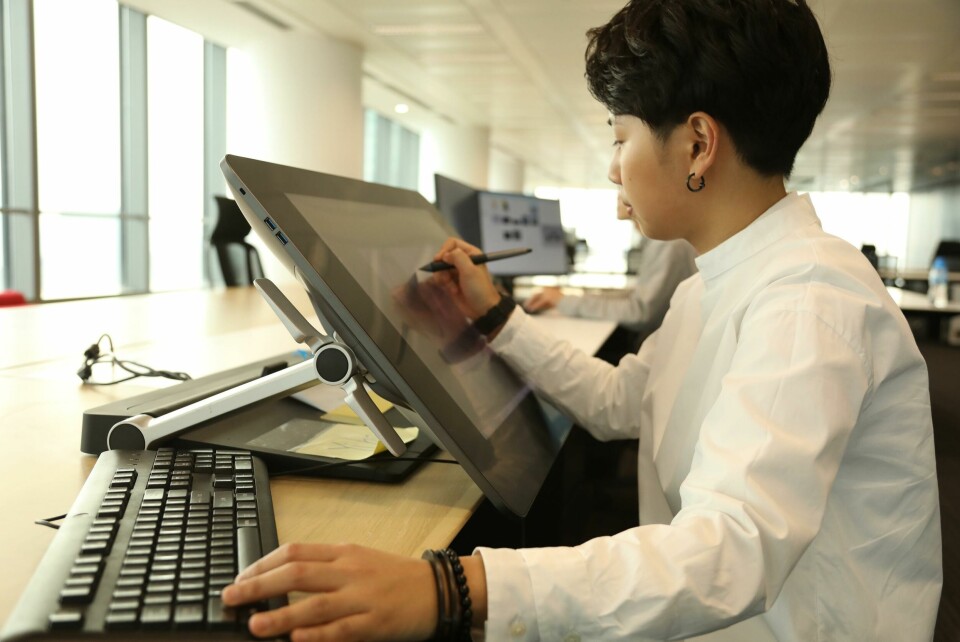
How to be a car designer Pt7: Just got hired, the adventure begins…
Once you make the big decision to turn your passion into your job, you have to think how to do it right to prevent a failure. However, it’s important to seek the help of your friends and, in particular, your family to support your career choice – you can’t do it all by yourself.
When I was head of the transportation design department at IED in Turin, I always advised young people who were asking for course information to visit the school with their parents. I had the pleasure of meeting many parents who were curious and very interested to understand how the school worked, who were the teachers, what type of projects were being done, what type of external collaborations and sponsors we had and so on.
It’s important to bear in mind that parents will often need to be reassured because design education for many families is still a strange thing to get involved with; they would rather see their kids become architects or engineers than any sort of artist.
Parental support
Once you’ve chosen a design school to attend, your parents will remain an extremely important part of your success. Attending a design school, for many, means living abroad, while you’ll also need to pay rent, run a car – especially if you study in the US – and finance all other living and studying expenses. Your parents will often be called on to help with this, hence why they will want to make sure that they are making the best investment the right design school for their son or daughter’s future.
In addition to providing financial support, which is often considerable, you will also call on your family for emotional support. Attending a design school is a unique experience, one that without the support of your family it will be almost impossible to make it. Naturally, you will be inspired to work even harder for your future to honour your parents efforts emotional and financial investment in you.
Entry portfolio
As I often say “put together an entry portfolio for design school selection and cross your fingers.” However, what do I really mean by saying that?
Let’s suppose that you have chosen the right school, and your parents are supporting you – great! The next step is to make your application. The best-known schools will all have an entry selection process that each candidate has to go through before they are accepted.
This is normal and I believe it is a must; design schools want to excel and to do so they need to have talented and determined students to do well in order to boost the school’s reputation.
Generally, the entry selection involves providing the school with an entry portfolio, along with supporting documents, with which a school committee will evaluate your skills and creative level. In some cases you will also be asked to present your portfolio to a judging panel, allowing the school to understand also your personality.
When I got accepted at Art Center College of Design in Pasadena, I also had a meeting to assess my attitude with the head of foreign students, to evaluate my maturity, personality, character and English language level.
The reason for all these steps is simple: when you get accepted into a very competitive and hard-working design institution you must have both the talent and the brain to survive during the hard times.
Ordering your portfolio
I’m often asked by students to provide guidance in preparing an entry portfolio. However, it’s actually one of the easiest tasks that you will have before starting school. All you have to do is to collect your original sketches done by hand with any media that best show your skills.
I am sure you sketch cars, objects, life drawings, faces, eyes, and maybe also paint things like landscapes. All you have to do is to gather them if possible in one format – I suggest A3-size – and put them in a clear order.
First should be your cars, so include any sketches in black and white or colour – do not be shy or intimidated, just present them in a logical way.
Now comes your other work, like drawings of people or other objects, while at the end you can add your paintings, graphics or cartoon drawings that show off the broad range of your skills – the objective is to show your passion for cars or industrial design, but also to show your several artistic interests.
One thing to note is not to include Photoshop sketches or drawings because these are unlikely to be of a very high standard. The same thing goes with 3D digital model images of your car concepts – remember in school you will start from zero, learning Photoshop and digital media skills like Alias 3D modelling, that will come after you will learn the basics of drawing – first the basics, the complicated stuff comes later!
Bringing it all together
Last but not least is how you present all of your work to your potential new school. You need to think professional and organised, to show that you already have that all-important designer attitude. This means that as well as getting your work together in a single format, you need to think about how to present your drawings.
Do not forget to add an opening page, including your name and information, and add a nice picture of yourself looking professional. Are you sending it to the school or presenting it yourself? With PowerPoint and your PC you can prepare for this very easily.
Finally, take time to choose the right portfolio bag – there’s a big choice in art shops or online. This is going to be your finishing, professional touch to show you are already in designer-attitude mode, and ready to take the next step in launching your design career.
Next time…
In the next article, I will give an insight into what you will experience at school, how it can be a great but also frustrating experience, and how most of all how it is important never to give up as you seek to accomplish your tasks.
